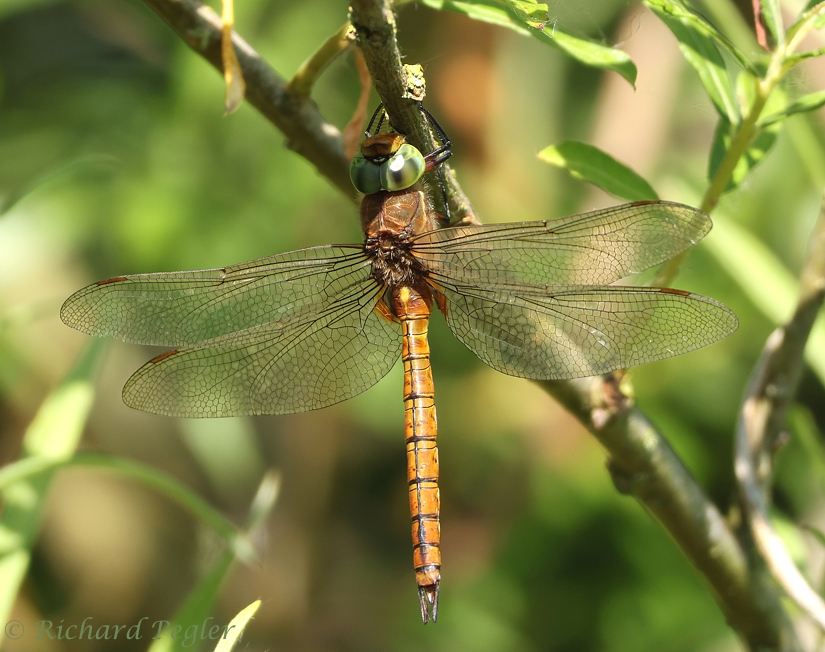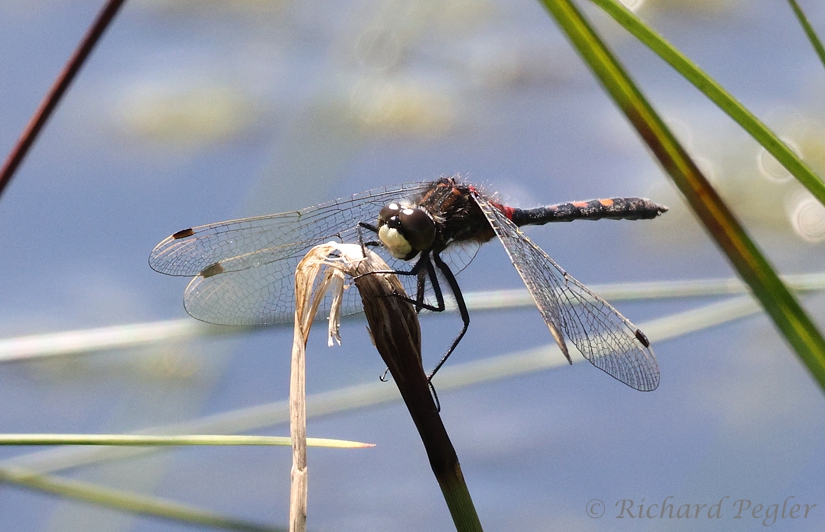I had last visited Norfolk in July, 2019. Although I felt a little strange in the chest on the way there on that occasion, little did I know that I was experiencing the start of what was going to end up as pneumonia and pleurisy, and land me in hospital for two weeks soon after I returned home.
Note from me:
Oh Dear! It seems that some people missunderstood my opening statement - I was ill in 2019, not this year. Sorry if I caused anyone any consternation!
I was eager to return to Norfolk at a similar time of year, but Covid restrictions put paid to any such visits in 2020 and 2021, and a dire weather forecast for a booked visit in 2022 resulted in me cancelling my accommodation at short notice.
At the beginning of this year, determined to return, I booked myself three nights accommodation at the Travelodge, Acle, and eagerly awaited the approaching dates, wondering if the weather would play ball on this occasion, and whether Lindsay would be in a condition with her mobility that she could be confidently left at home on her own.
By now, you will have realised that all worked in my favour!
I guess I ought to mention my reasons for wanting to make this visit. My main objectives were to find and photograph the Norfolk Hawker dragonfly, Variable Damselfly, and the Swallowtail butterfly, with secondary objectives being Scarce Chaser dragonfly, White Admiral butterfly, and Barn Owl.
Wednesday, 14th June Home to Strumpshaw Fen
I set off from home at about 10.45 for the long drive to Norfolk. As the journey would get me there before check-in availability at the Travelodge, I headed straight to Strumpshaw Fen, arriving there at 14.15. I had a quick picnic lunch in the car park before heading to nearby Tinker's Lane, as this is somewhere where I have found Norfolk Hawker and Swallowtail before.
Before I got to the lane, I found a rather tatty Brimstone butterfly beside the road. I can't make my mind up as to whether this one is ovipositing.
 |
| Brimstone (Gonepteryx rhamni) (female) - Strumpshaw Fen |
The persons I had seen were watching a Swallowtail on the branches of a dead shrub about 20 metres away. This flew away while they were pointing it out to me. However, it was quickly found again in the garden of the nearby 'Doctor's House' - sadly the doctor, who was a great champion of the Swallowtails, passed away a few years ago, but the garden still attracts these fabulous butterflies. I did manage a few extremely distant record shots here.
 |
| Swallowtail (Papilio machaon) - from Tinker's Lane, Strumpshaw Fen |
I then continued a short way down the lane to where it does a sharp left turn and arrives at a level crossing over the railway. Having crossed the line, I was now on the Strumpshaw Fen nature reserve.
I'd only gone a few metres into the reserve when I was startled by a sudden sound behind me. I turned round to find a female Mallard had flown in and landed about three metres away.
 |
| Mallard (Anas platyrhynchos) (female) - Strumpshaw Fen |
 |
| Azure Damselfly (Coenagrion puella) (male) - Strumpshaw Fen |
Further on, I was once again alerted to the presence of a Swallowtail high up in a tree. Until then, I was unaware of the Swallowtail's penchant for roosting high up in trees. This individual was far more photographable than the previous one.
 |
| Swallowtail (Papilio machaon) - Strumpshaw Fen |
It seemed that, at nearly every step, my progress was closely monitored by a species of large hoverfly which took up position about a metre in front of my face. Eventually, I persuaded one to settle and got some photos. This was Volucella pellucens - an extremely common, but impressive, hoverfly, and one that I don't think that I've photographed before.
 |
| Hoverfly (Volucella pellucens) (male) - Strumpshaw Fen |
On the landward side of the path, I found another of my target species - Variable Damselfly. The male of the species is very similar to that of the Azure Damselfly. The main distiguishing features are a 'broken' antihumeral stripe and a pale blue bar between the two blue eye-spots on the Variable.
 |
| Variable Damselfly (Coenagrion pulchellum) (male) - Strumpshaw Fen |
 |
| Scarce Chaser (Libellula fulva) (male+female in cop) - Strumpshaw Fen |
 |
| Scarce Chaser (Libellula fulva) (male) - Strumpshaw Fen |
 |
| Banded Demoiselle (Calopteryx splendens) (female) - Strumpshaw Fen |
The single chick following this Great Crested Grebe, seemed to be having buoyancy issues!
 |
| Great Crest Grebe (Podiceps cristatus) (adult + chick) - Strumpshaw Fen |
 |
| Mallard (Anas platyrhynchos) (female + chicks) - Strumpshaw Fen |
 |
| Mute Swan (cygnus olor) (male+ female + cygnets) - Strumpshaw Fen |
I stayed in the hide for about fifteen minutes, before deciding to leave. It seems that the sitting had not done me any good as my back gave me shooting pains as I descended the steps from the hide.
Shortly after leaving the hide, I was pleased to find a female Variable Damselfly. The main distinguishing feature is, again, that pale thin band between the eye-spots. The female comes in two colour forms - 'dark' and 'blue'. This one was of the blue form.
 |
| Variable Damselfly (Coenagrion pulchellum) (female) - Strumpshaw Fen |
 |
| Red Admiral (Vanessa atalanta) - Strumpshaw Fen |
 |
| Scarce Chaser (Libellula fulva) (male) - Strumpshaw Fen |
 |
| Small China-mark (Cataclysta lemnata) (male) - Strumpshaw Fen |
 |
| Norfolk Hawker (Aeshna isoceles) (4 x females?) - Strumpshaw Fen |
 |
| Norfolk Hawker (Aeshna isoceles) (male) - Strumpshaw Fen |
I went back to look at the four, and found that they were now three.
 |
| Norfolk Hawker (Aeshna isoceles) (3 x females?) - Strumpshaw Fen |
 |
| Banded Demoiselle (Calopteryx splendens) (male) - Strumpshaw Fen |
 |
| Norfolk Hawker (Aeshna isoceles) (4 x females?) - Strumpshaw Fen |
I was now feeling quite weary, and it was time to start back towards the car park and find myself some sustenance for the evening. I'd not gon far before I came across an obliging male Black-tailed Skimmer. The male of this species is superficially similar to that of the Scarce Chaser, but it has green eyes (rather than blue-grey) and a greater expanse of black on the rear of the abdomen.
 |
| Black-tailed Skimmer (Orthetrum cancellatum) (male) - Strumpshaw Fen |
That night, I turned in early, setting my alarm for 05.00 so that I could return to Strumpshaw Fen for a pre- breakfast visit in the hope of photographing a Barn Owl. At least, that's what I thought I'd done - all will be revealed in my next blog post if things go to plan.
I will try to prepare my report of Day 2 for publication in about a week's time, but it's beginning to look a bit dubious. It will probably be shorter on words, and longer on photos. In the meantime, please take good care of yourselves and Nature.
Thank you for dropping by - - - Richard







































